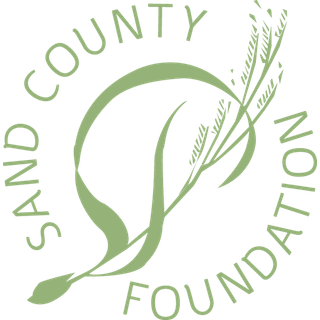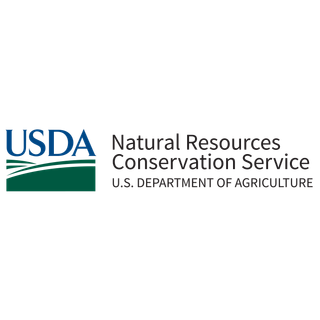Long before regenerative agriculture became a widely recognized concept, Dan Sanderson was quietly adopting many of its core principles.
As a young farmer in the 1980s he noticed land enrolled in the federal Conservation Reserve Program (CRP) produced environmental benefits of rejuvenated soils and reestablished pollinator habitat.
Since then, he’s voluntarily integrated regenerative practices of rotational grazing, reduced pesticide use, minimal tillage, and diverse cover cropping across his family’s 3,200 acres in DeKalb County, and especially at his 160-acre homestead named Pasture Grazed Regenerative Farm.
Dan and his wife Hattie, their grown children Trent and Rosie, and their families, all play a role at Pasture Grazed Regenerative Farm where beef and pork is sold directly to consumers from an on-farm store. Conservation efforts to improve the land are credited with making the farm more resilient to financial volatility and increasingly erratic weather.
Dan credits a Soil Health Academy workshop in 2017 with transforming the way he farms. He now closely observes how each cover crop responds to different soil types, moisture conditions, and grazing pressure, and adjusts as needed to optimize soil health and productivity.
Never afraid to change course when he sees a better path, Dan restructures the grazing rotation schedule if livestock overgraze. When field data showed that fertilizer applications were not returning a profit, he tailored application rates.
“He listens to the land, and it shows in every decision he makes,” his daughter Rosie wrote in the nomination for the Illinois Leopold Conservation Award.
The Sandersons recently took a big step forward in how their pastures are managed. They began using virtual fencing technology to reduce the time and labor it takes to move cattle. GPS-enabled, solar-powered collars guide cattle without the need for physical fencing. With the touch of a button, grazing areas are determined while adjusting for weather, forage conditions, and soil health goals in real time. Pastures regenerate faster with better-managed rest periods between grazings.
Cattle and sheep are rotationally grazed across pastures because they interact with the land differently. Cattle graze taller grasses while sheep prefer shorter plants and forbs. Their unique grazing behaviors help control weeds and encourage diverse forage regrowth. Their difference in manure and hoof action also produces environmental benefits. Hogs, which are good at digging, are strategically pastured in select areas to stir up and reset less-than-desirable soils. Keeping livestock away from ecologically sensitive areas supports water quality, soil structure, and biodiversity.
Watch their conservation success story
By prioritizing soil health, plant diversity, and animal integration, Dan is helping rebuild the region’s ecosystems. His actions impact pollinators that travel to neighboring fields, water that flows to nearby creeks, and wildlife that cross invisible property boundaries.
Dan’s farming model offers a counterpoint to conventional systems that rely heavily on synthetic inputs, plant monocultures, and livestock confinement. He shows that farming doesn’t have to come at the expense of natural resources, but instead can restore them.
Not only is his farm a platform for teaching others with tours, but Dan also recently published a book, Grounded: One Farmer’s Journey to Regenerative Agriculture, to encourage others to embrace conservation.
There is no rulebook or regulation that requires the level of care, observation, and adaptation that Dan brings to farming. His choices are guided by a land ethic that views land as not just a resource, but a living system that deserves respect and restoration.









